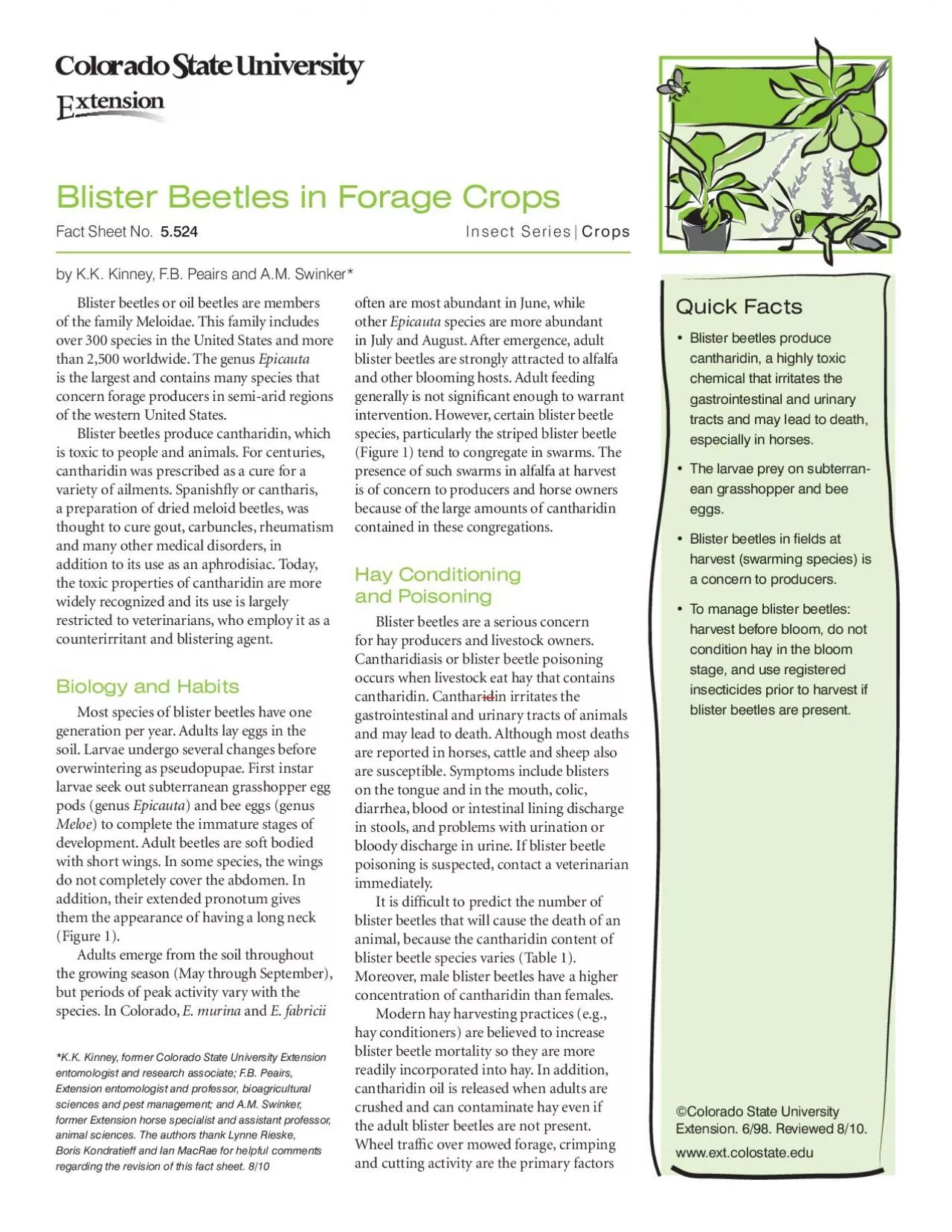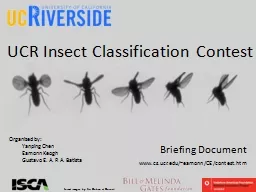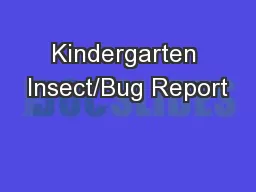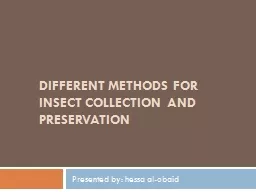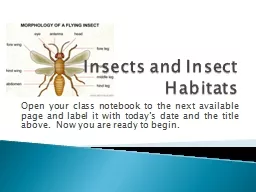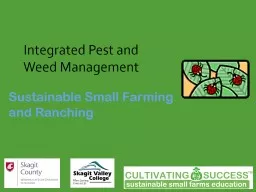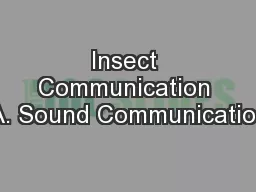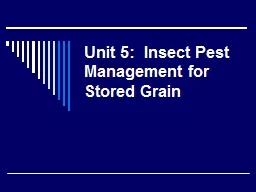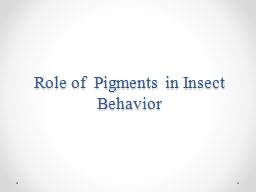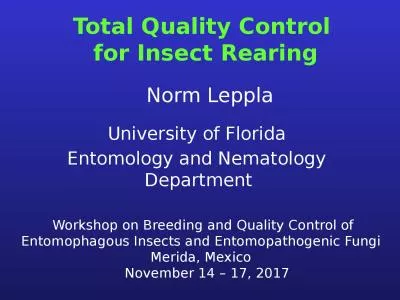PDF-Fact Sheet No Insect SeriesQuick Facts
Author : susan | Published Date : 2022-08-16
UniversityUSCSU E fabriciiresponsible for blister beetle death at harvest Raking and baling have been shown to dislodge dead beetles from hay Visual inspection of
Presentation Embed Code
Download Presentation
Download Presentation The PPT/PDF document "Fact Sheet No Insect SeriesQuick Facts" is the property of its rightful owner. Permission is granted to download and print the materials on this website for personal, non-commercial use only, and to display it on your personal computer provided you do not modify the materials and that you retain all copyright notices contained in the materials. By downloading content from our website, you accept the terms of this agreement.
Fact Sheet No Insect SeriesQuick Facts: Transcript
Download Rules Of Document
"Fact Sheet No Insect SeriesQuick Facts"The content belongs to its owner. You may download and print it for personal use, without modification, and keep all copyright notices. By downloading, you agree to these terms.
Related Documents

